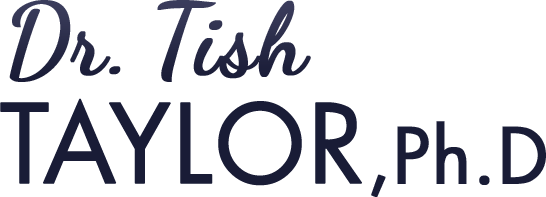
Dyslexia: What is it?
The formal definition of dyslexia: Dyslexia is a specific learning disability that is neurological in origin. It is characterized by difficulties with accurate and/or fluent word recognition and by poor spelling and decoding abilities. These difficulties typically result from a deficit in the phonological component of language that is often unexpected in relation to other cognitive abilities and the provision of effective classroom instruction. Secondary consequences may include problems in reading comprehension and reduced reading experience that can impede the growth of vocabulary and background knowledge.
(quoted from “Dyslexia in the Classroom” by the International Dyslexia Association)
While no two people are exactly the same, some common signs of Dyslexia include the following:
*difficulty learning basic reading skills, including sight words and/or the phonetic structure of words
*difficulty learning letters and letter combinations and their associated sounds
*difficulty with phonological awareness skills
*difficulty with reading fluency or speed
*difficulty with reading comprehension
*difficulty with spelling
*difficulty memorizing math facts
If you suspect that your child may have Dyslexia, you may contact your school to inquire if they will complete an evaluation for Dyslexia. If not, you may also contact local licensed professionals, such as myself, to complete this type of evaluation.


